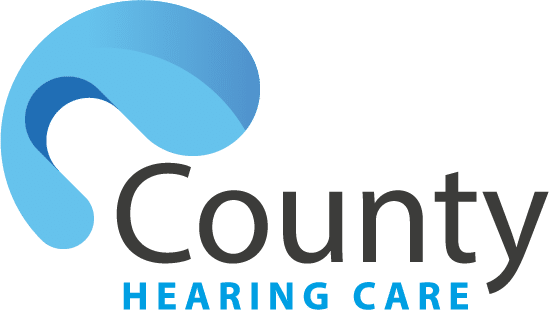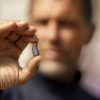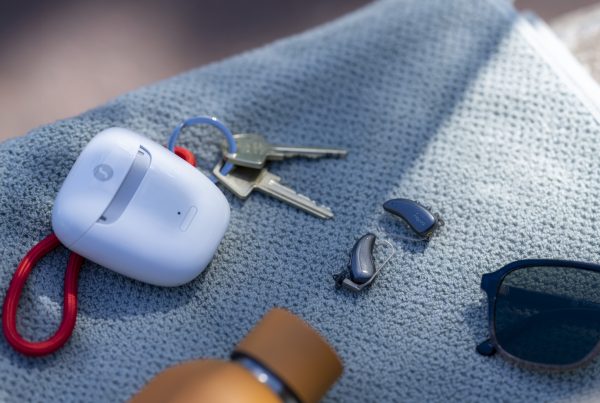A blocked ear can be irritating, painful, and make it difficult to go about day-to-day life. When you’re struggling with an earwax build-up, it’s important to get it looked at by a professional audiologist. More often than not, they will recommend that the wax is removed, normally via earwax microsuction.
At DigiClear, we use a procedure called microsuction. Our patients regularly ask us about the details of the procedure, the pros & cons, as well as the difference between microsuction and other earwax removal solutions.
Whilst we do explain it on our earwax removal page, we understand that you might want more information. This month, we decided to put together a more thorough guide into what microsuction is, why we use it, and how it can prevent and solve any excess earwax problems you might have. We’ll also cover other common questions, such as why the NHS no longer offers earwax removal services.
If you have any questions about our services or would like to book a consultation with one of our expert audiologists, email us at info@countyhearing.co.uk or give us a call on 01277 264938!
What is microsuction earwax removal?
Microsuction utilises a microscope to show our audiologist a clear view of your ear canal, as well as making it easy to identify any earwax blockages or build-ups. Once it’s clear what the situation is, a gentle suction pump is used to remove the wax safely and quickly.
The suction pump has a small, thin metal fitting on the end which allows us to precisely remove wax without causing any harm to the surrounding skin.
Microsuction is widely regarded as the safest and most comfortable way of removing earwax. The reason for this is that the procedure allows our audiologists to observe the ear canal throughout the entire process so the risk is exceptionally low.
The procedure generally takes between 5 and 15 minutes, making it much quicker than previous earwax removal methods.
How does microsuction compare to other earwax removal procedures?
Another earwax removal procedure that has lost a lot of popularity in recent years is ear irrigation, or syringing. This involves the use of pressurised water to flush earwax from the ear.
In comparison to microsuction, it often takes longer and due to the inability for the audiologist to see within the ear for the entire procedure. As well as this, ear irrigation/syringing is much more likely to cause other ear problems, especially in those with sensitive ear canals.
There are also treatments you can use at home, such as wax-removal medication. However, these can often irritate skin within the ear. There are also alternative treatments such as ear candling, but these are not recommended as research shows they are unsafe.
Why does the NHS not offer microsuction?
This is a common question that we are often asked by our clients. Following the removal of ear irrigation/syringing as a service by the NHS, they decided not to fund any other earwax removal procedures. Instead, GPs will recommend at-home remedies. Normally, oil is used to soften and loosen the earwax, allowing the ear to clear the wax by itself.
The downside of this is that it can take a long time, sometimes even weeks depending on the severity of the blockage. There are also a lot of cases where the build-up is severe enough that this solution will never work.
If you’re concerned about your hearing, are experiencing pain or discomfort, or have been suffering for a long time from earwax problems, it’s advised that you use a procedure like microsuction.
Microsuction is the safest, quickest, and most comfortable procedure for removing earwax. If you are experiencing any problems with excess earwax or a blockage, it’s important that you speak to one of our expert audiologists. Book a consultation today and rediscover great hearing!









Recent Comments